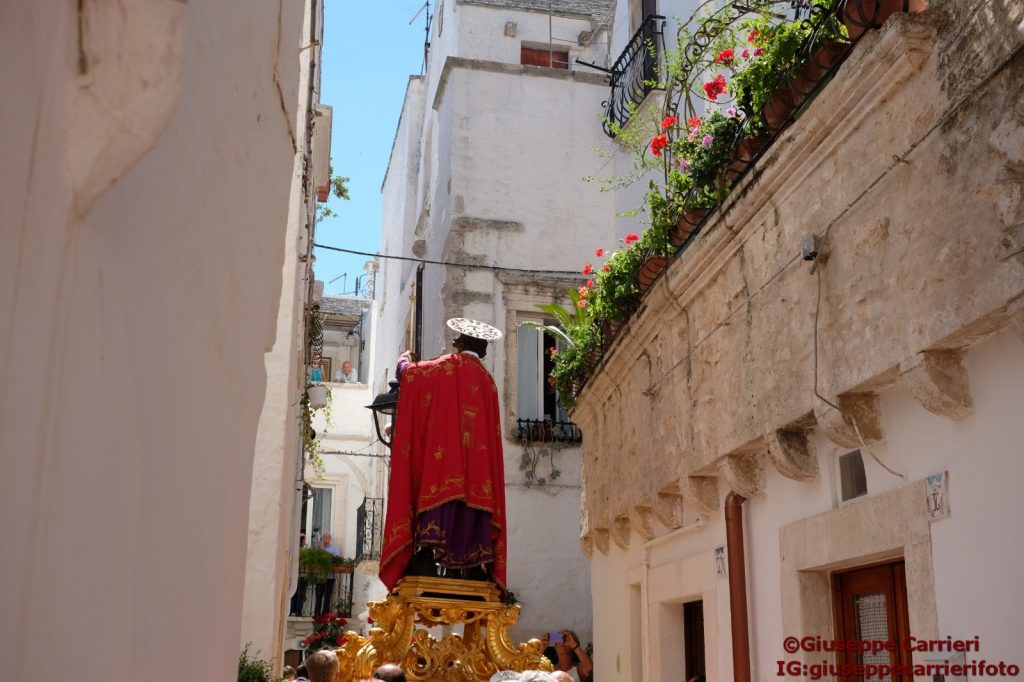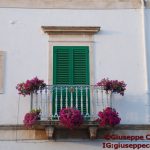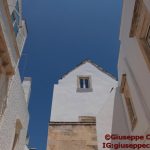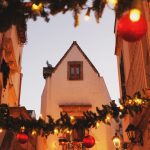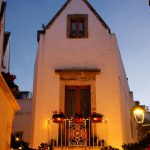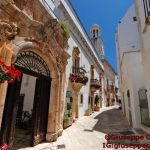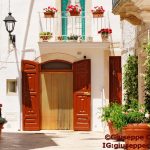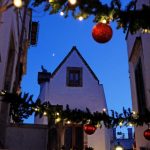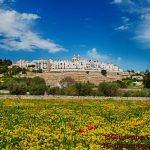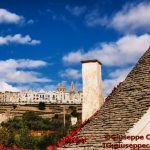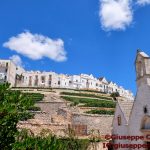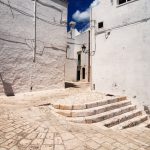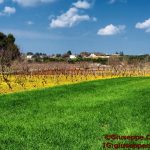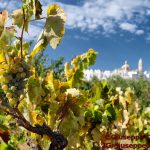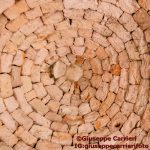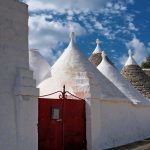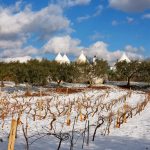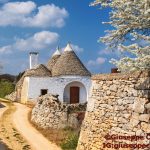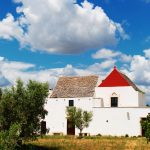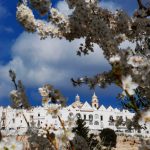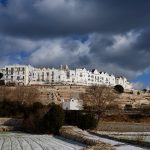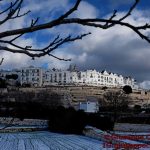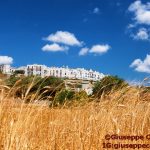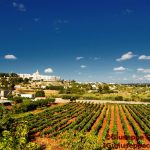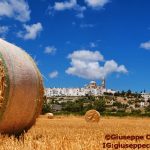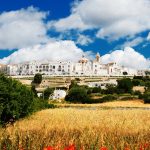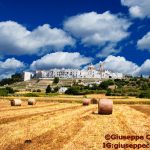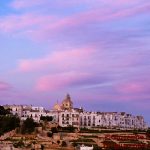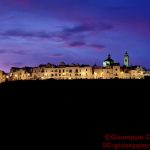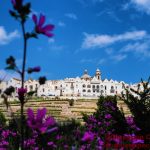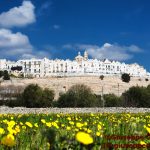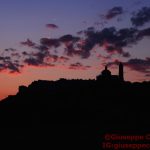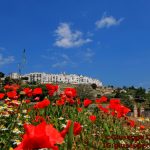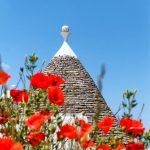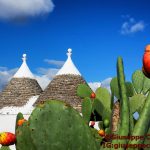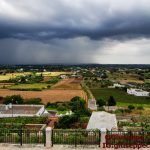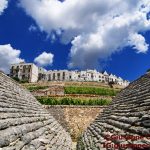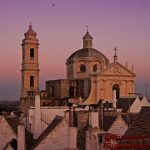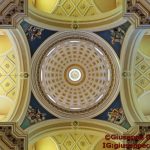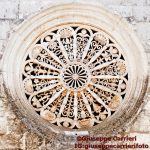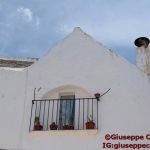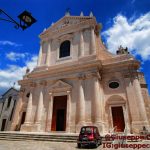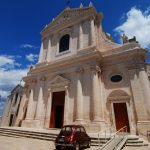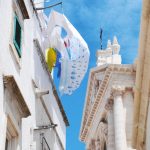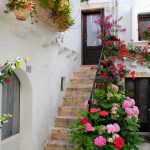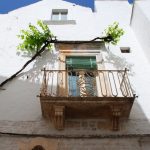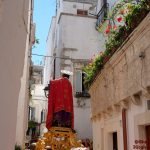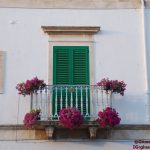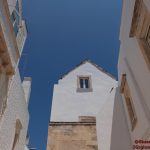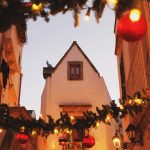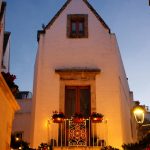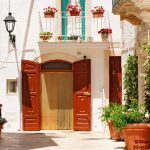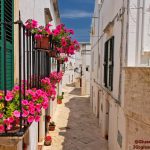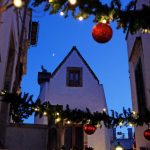History
Locorotondo
Locorotondo (Barese: U Curdunne) is a town and comune of the Metropolitan City of Bari, Apulia, southern Italy, with a population of about 14,000. The city is known for its wines and for its circular structure which is now a historical center, from which derives its name, which means "Round place". It is located in south-east Murgia, deep in the Itria Valley, dotted with white prehistoric roundhouses called trulli. Locorotondo is listed as one of the most beautiful villages in Italy.
The toponym recalls the characteristic shape of the historic center, a set of small white houses arranged on concentric rings . Another hypothesis makes the name derive from the late Latin Locus Rotundus, round place .
Storia
The birth of the municipality of Locorotondo dates back around the year 1000 ; located in ancient times at the foot of the hill, subsequently at the top, Locorotondo was enlarged after a miracle of San Giorgio Martire, so the devotion of the people had a chapel built for the Saint, who towards the beginning of the seventeenth century was proclaimed patron of the country. The first edition of the Gift dates back to 1645, which until the last century was the delivery of a candle and a wreath of flowers to the Holy Image of the Patron Saint; subsequently the ceremony turned into the handing over of the city's golden keys to the Saint on April 22 (the ceremony still exists today). In 1790 the people wanted a new larger church, so the majestic mother church was built over the rubble of the chapel of San Giorgio by the will of the benefactor lord Vitantonio Montanaro, who asked for the design of the current building Bari architect Giuseppe Gimma, always dedicated to the patron saint and the Madonna della Greca (the liturgical feast falls on August 26th).
The great devotion of San Rocco is due to the fact that the saint passed by Locorotondo and freed the people from the plague. In about 1700 the precious statue of the pilgrim saint was built with the offerings of the people, a few years later the church was built for the saint, in 1787 he was proclaimed the first patron saint of Locorotondo, from 1897 the fair of San Rocco was born among the oldest in the Puglia, which is still held today in the days of the patronal feast of San Rocco, in 1957 the fireworks competition dedicated to San Rocco was born, among the oldest in Southern Italy.
On 16 October 1860 an ancient painting was found in the countryside of the town of the Virgin Mary, surrounded by chains, so many that between the right hand and the left hand of the Madonna remains the sign of a chain, thus the cult of the Madonna della Catena was born, a few years later a church was built in the countryside where the painting was found, later the church was named the Basilica Minore di Maria SS della Catena, joins the cult of the Madonna, that of Saints Cosma and Damiano, thanks to the strong devotion of nearby Alberobello. In fact, the two statues depicting the Medici Saints are identical to those of Alberobello.
[fonte:wikipedia]
